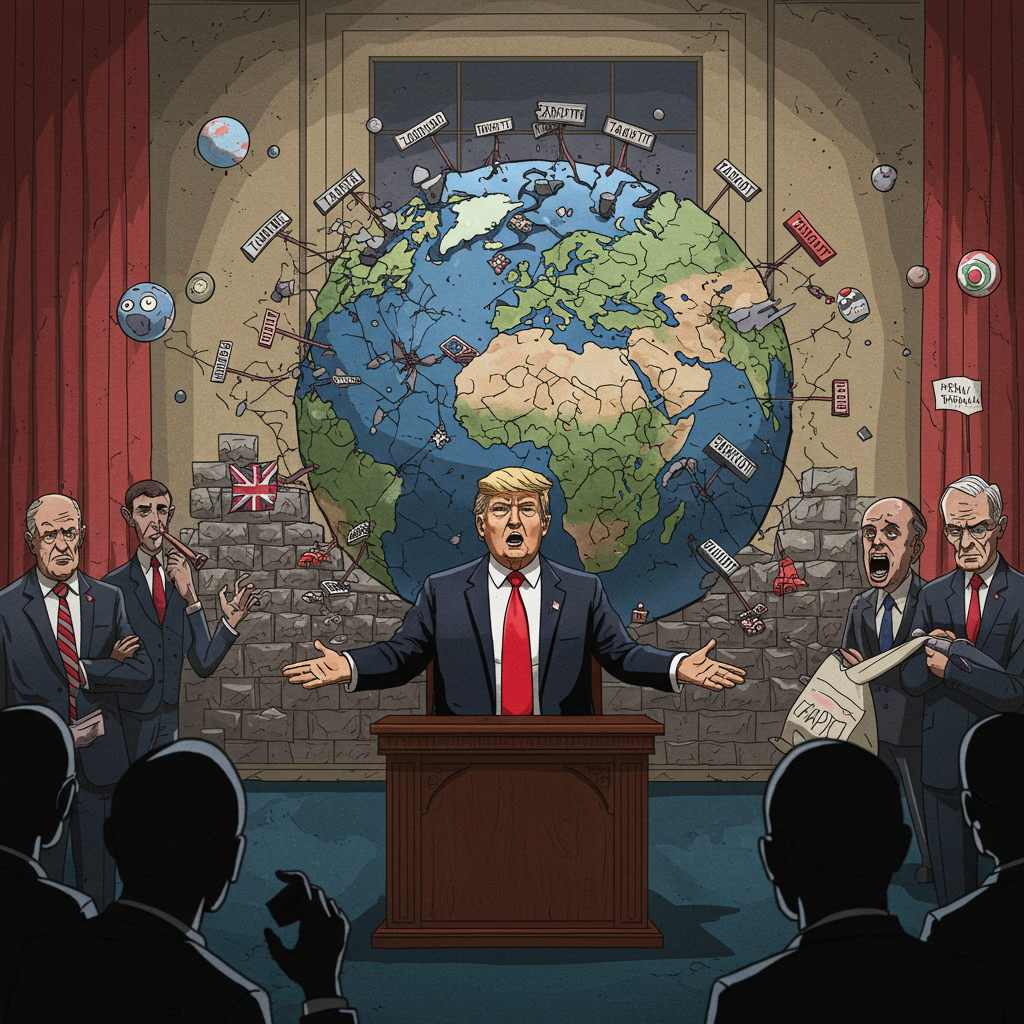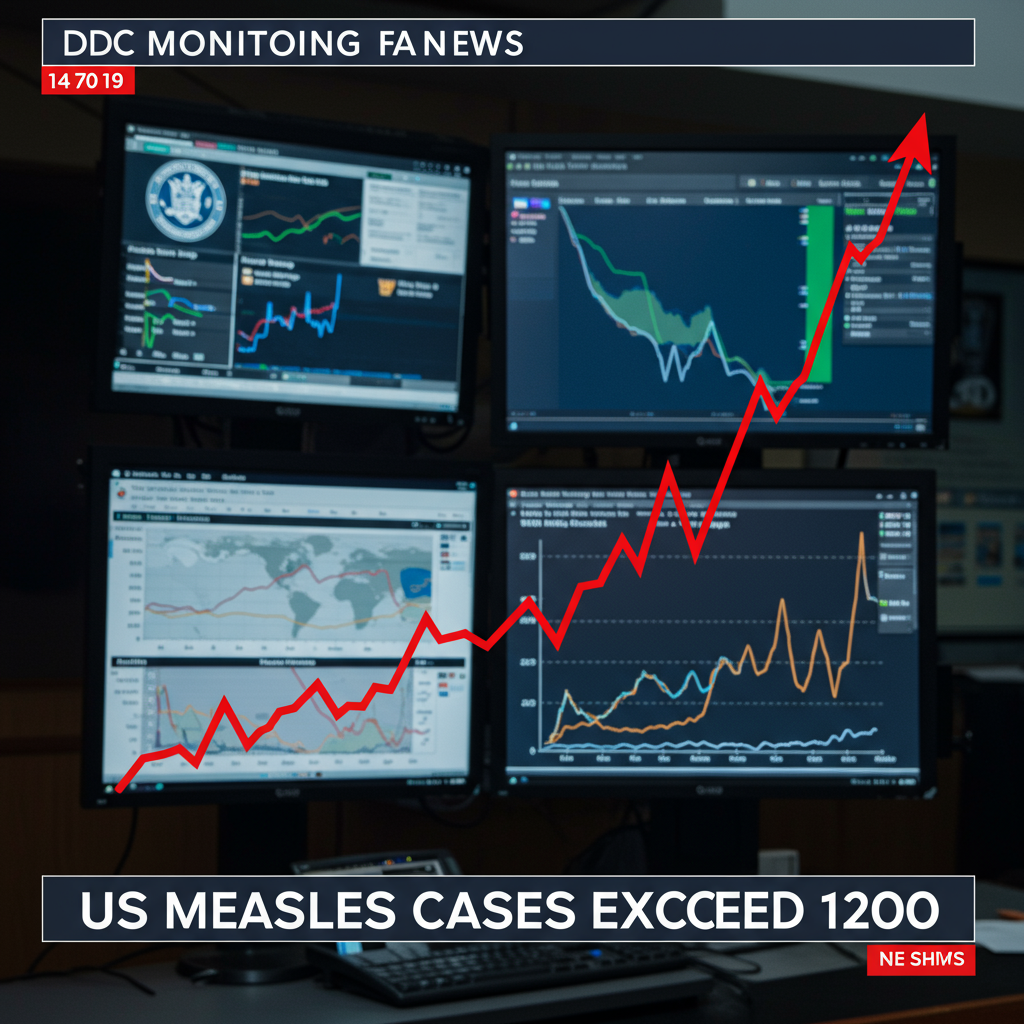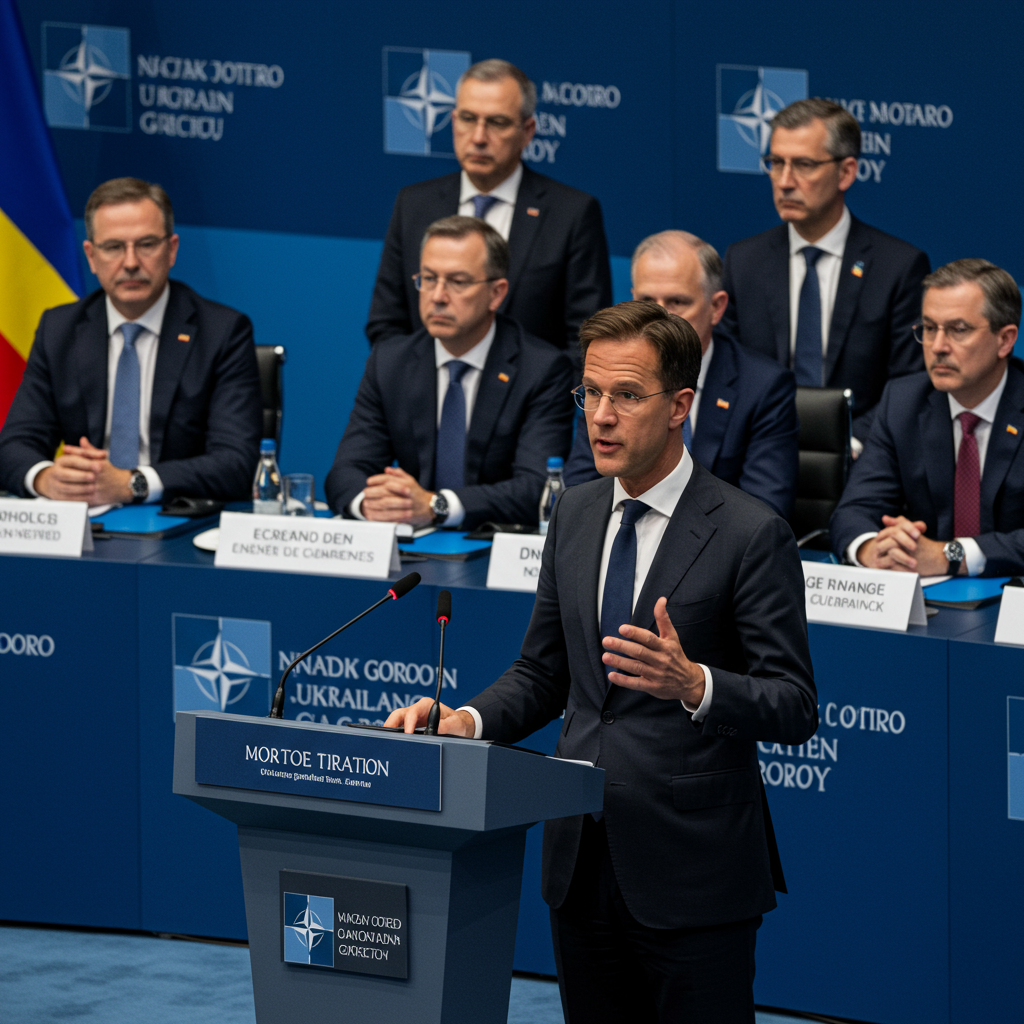Former President Trump is dramatically reshaping U.S. trade policy. His new approach abandons complex negotiations. Instead, he is unilaterally declaring tariff rates. He calls this new method “a letter means a deal.” This shift, announced in early July 2025, signals a departure from traditional trade talks. It also creates significant uncertainty for global markets.
Trump’s Bold Trade Philosophy Takes Center Stage
Trump views lengthy trade negotiations as inefficient. He stated they were simply “too time-consuming.” His preference is imposing terms. He describes these outcomes as “mostly my deal to them.” While suggesting traditional agreements could still happen, he noted they might take years. This new stance positions unilateral declarations as the primary tool. It equates a formal letter outlining tariffs with a completed trade agreement.
The shift became clear on Monday, July 7. Trump issued letters to 14 countries. These letters detailed new, often high, tariff rates. Specific examples included 25% duties on imports from South Korea and Japan. Rates as high as 40% were cited for other nations like Laos and Myanmar. These figures largely tracked proposals first made in April. Those initial warnings had previously unsettled financial markets.
The August 1st Deadline and Executive Action
Trump cemented this approach with a firm deadline. He set August 1 for these actions to take effect. He signed an executive order on July 7 to implement this. This order pushed back a prior July 9 deadline. He later declared on social media that “No extensions will be granted.” This swift, unilateral action replaced earlier talk of a mix of “Letters, and/or Deals.” It underscores his commitment to imposing terms directly.
Market Reactivity and Wall Street Outlooks
This unpredictable strategy generates “Trump trade volatility.” Market observers like Ed Mills see a “near-term trade escalation.” Tobin Marcus describes Trump’s reiterated tariff threats as a “hawkish signal.” If implemented as outlined in the letters, the impact could be substantial. Calculations by the Yale Budget Lab suggest an overall average effective U.S. tariff rate could reach 17.6%. This would be the highest level since 1934. Markets saw a downturn on the Monday the letters were issued.
Despite immediate reactions, some analysts hold a more complex view. Terry Haines suggested that announcements of actual deals could stabilize markets. He anticipated a potential “phase 1 US-India deal.” Major Wall Street firms have even become more bullish on stocks. Goldman Sachs and Bank of America recently raised their S&P 500 year-end targets. Goldman Sachs increased its forecast to 6,600. Bank of America raised its to 6,300.
Caution Amidst Bullish Sentiment
This increased optimism is partly due to expectations of Federal Reserve rate cuts. Lower bond yields also play a role. Investors seem willing to overlook near-term corporate earnings weakness. However, Bank of America strategist Savita Subramanian noted caution. Their new target implied only modest upside. She struggled to identify a clear catalyst for sustained growth. Concerns persist about mixed economic data. Expected earnings deceleration in major tech companies could also weigh on the market. Goldman Sachs strategist David Kostin highlighted the “shifting tariff landscape.” He stated it creates “large uncertainty” around 2026 earnings forecasts. The ultimate level of tariffs remains a key downside risk.
Some investors view the repeated tariff threats tactically. They see them as leverage in negotiations. Portfolio manager Adam Johnson called it “the art of the deal playing out in real time.” This perspective aligns with the “TACO” trade theory. This informal acronym stands for “Trump Always Chickens Out.” It suggests Trump often issues strong rhetoric but later compromises. This belief can sometimes act as a tailwind for markets. Traders might bet on last-minute policy reversals.
Ongoing Negotiations Despite Unilateralism
Curiously, traditional negotiations are still active. Two closely watched talks involve India and the European Union. Trump’s public comments, such as the “a letter means a deal” statement regarding the EU, seem to contradict these efforts. Yet, progress appears possible. Reports suggest Europe is near a potential deal. It might involve a 10% tariff rate with specific carveouts. Aircraft and alcohol could be exempted.
Regarding India, reports indicate they made a final offer. This puts the next move with the U.S. An international trade lawyer, Greta M. Peisch, noted positive signals from India. However, she cautioned a deal announcement wasn’t imminent. India began with more trade barriers than Japan or South Korea. This offered more flexibility for concessions. Trump himself offered a brief moment of optimism about India. He initially said, “We made a deal.” He quickly corrected this to, “We’re close to making a deal with India.”
A Radical Departure from Trade Norms
Dartmouth economics professor Douglas Irwin calls Trump’s approach radical. It aggressively uses tariffs outside of specific cases. This is a significant departure from the post-World War II norm. That era favored moving towards free trade agreements. Trade barriers were used only for issues like dumping or national security. Irwin states Trump has “turned that on its head.” Trump’s method is simpler. It focuses primarily on tariff rates. It also targets reducing trade deficits. This reflects his view of trade as a zero-sum game. He prefers bilateral or unilateral action over complex multilateral agreements like the TPP.
Trump argues tariffs reduce other countries’ barriers. He says they can boost U.S. exporters. He believes they encourage U.S. manufacturing. However, many economists are skeptical about achieving these goals.
Understanding the True Cost of Tariffs
A critical point often misunderstood is who pays for tariffs. Tariffs are taxes paid to the U.S. government. U.S. companies importing goods pay these taxes. They likely pass these costs onto consumers. This happens through higher prices. This contradicts Trump’s framing. He often claims other countries “pay” the tariffs. For example, a recent deal with Vietnam set tariffs at 20%. This was a significant jump. Pre-Trump, average U.S. tariffs on Vietnamese goods were around 3%. While lower than a brief 46% rate, it means U.S. consumer costs for these goods could rise significantly. Experts question the efficiency of this bilateral focus. Scott Lincicome of the Cato Institute suggests multilateral deals would lower trade restrictions more effectively.
The letters sent out are described as nearly identical. They vary mainly by country name and tariff rate. They justify the tariffs by citing “significant Trade Deficits.” They also mention a relationship that is “far from Reciprocal.” The White House clarified these new country-specific tariffs are not in addition to existing broad tariffs. Steel and aluminum tariffs remain at 50% where applicable. The letters also mention subjecting transshipped goods to higher rates. They threaten to add any reciprocal tariffs imposed by the other country onto the U.S. rate. Trump suggests companies can avoid tariffs by manufacturing in the U.S. However, according to Douglas Irwin, the broad nature of the letters offers little clarity. Countries receive few specific actions they can take, besides moving production, to persuade Trump to lower rates. This new wave of letters follows earlier uncertainty. An April 2 executive order imposed tariffs on numerous countries. Those rates were initially high. They were later lowered to 10% for 90 days after negative market reactions. The original rates were planned to return July 9, now pushed to August 1. Despite a promise of “90 deals in 90 days” during that pause, only two were finalized. Most new rates are similar to the initial April 2 levels.
Broader Policy Actions Context
This trade policy shift happens alongside other significant executive actions. On the same day the tariff letters were published, Trump signed orders ending subsidies for wind and solar projects. He also extended a federal hiring freeze. This period reflects a broader effort to quickly implement policy changes across multiple sectors via executive action.
Frequently Asked Questions
What is President Trump’s new ‘letter means a deal’ trade strategy?
President Trump is shifting from lengthy trade negotiations to unilaterally imposing tariffs. His new strategy, effective from July 2025, is to send official letters to countries. These letters declare specific tariff rates on their imports. He calls this method “‘a letter means a deal,'” equating the unilateral declaration of a tariff rate with a completed trade agreement, bypassing traditional bargaining processes.
Which countries were targeted by Trump’s recent tariff letters?
On July 7, 2025, Trump’s administration sent letters detailing new tariff rates to 14 countries. Specific examples mentioned include Japan and South Korea (25%), Laos and Myanmar (40%), and Cambodia and Thailand (36%). Other nations receiving letters with varying rates included Malaysia, Kazakhstan, Tunisia, Indonesia, Bangladesh, Serbia, Bosnia and Herzegovina, and South Africa.
How are markets and economists reacting to Trump’s new trade approach?
Markets are reacting with volatility, termed “Trump trade volatility,” and analyst views suggest a “near-term trade escalation.” The potential for average U.S. tariffs to reach the highest levels since 1934 creates uncertainty. While major Wall Street firms recently raised stock market targets citing other factors, strategists caution about limited immediate upside and highlight the “shifting tariff landscape” as a key risk to future earnings forecasts.
Conclusion
President Trump’s new “letter means a deal” approach marks a significant and radical shift in U.S. trade strategy. By prioritizing unilateral tariff declarations over traditional negotiations, he aims for faster, imposed outcomes. While some trade talks continue, the clear message is that tariffs are now the primary tool. This strategy introduces considerable uncertainty. It impacts global markets and economic forecasts. The long-term effectiveness and true costs, borne by U.S. consumers, remain key questions as the August 1st deadline approaches and the new policy takes hold.




